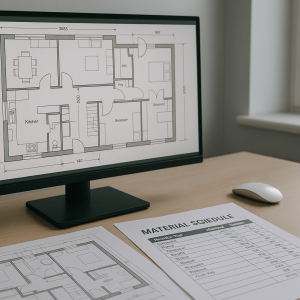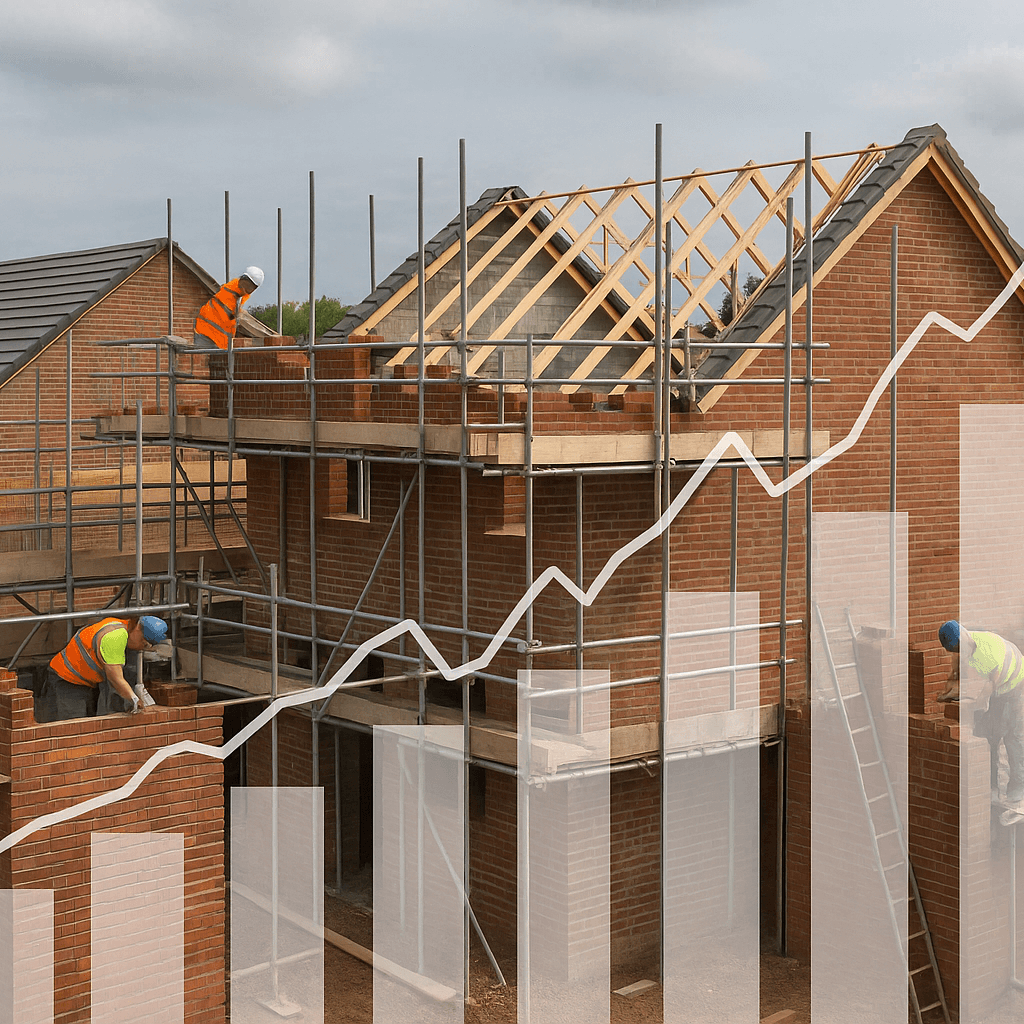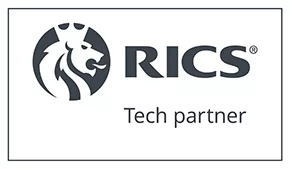Introduction
When embarking on a construction project, the choice of materials significantly impacts not only the project’s durability but also its economic feasibility. Among the heavyweights in the choice of materials, galvanised steel and mild steel often come up as popular contenders, each offering distinct benefits and challenges.
Unveiling the Basics
Exploring Galvanised Steel
Recognisable by its characteristic protective zinc coating, galvanised steel shines in its ability to thwart rusting. This enhancement notably prolongs its life, making it a prime candidate for uses that demand resilience against the elements. From outdoor structures to industrial applications, galvanised steel holds up admirably, though it requires cautious use alongside metals like copper and yellow brass due to potential reactive issues.
The Role of Mild Steel
Mild steel, or carbon steel, stands out due to its lower carbon content which renders it more pliable and easier to mold. It is a star in construction spheres for its welding simplicity and manufacturing efficacy, offering a budget-friendly option. However, its Achilles heel lies in its vulnerability to corrosion, necessitating protective measures to guard against decay over time.
Why Opt for Galvanised Steel?
Opting for galvanised steel brings a slew of advantages. Its robust zinc coating repels weather adversities with ease, protecting structures from whatever Mother Nature throws their way. For external structures like roofs and wall claddings, or even metal frames and outdoor fixtures, galvanised steel offers long-term durability and minimal maintenance demands. While the initial outlay may be higher than mild steel, its extended lifespan and the low need for repairs provide cost-effectiveness over time.
Cost and Maintenance Advantages
When considering the lifecycle costs, galvanised steel proves to be a wise investment. The minimized need for ongoing maintenance, such as no need for repainting and fewer repairs, culminates in a lower total cost of ownership. This not only saves money but also reduces the environmental toll associated with frequent refurbishments.
Applications and Use Cases
Spotlight on Galvanised Steel
Its indispensable resistance to corrosion makes galvanised steel the favorite in settings vulnerable to severe weather conditions, from coastal to industrial areas. Be it external beams, robust roofing, or safety barriers, this material stands tall against environmental challenges.
Navigating with Mild Steel
While galvanised steel excels under harsh conditions, mild steel finds its niche in more controlled environments where corrosion is less of a threat. Its versatility makes it perfect for interior frameworks, non-structural applications, and decorative structures, attributed to its affordability and excellent machinability.
Conclusion
The decision between galvanised and mild steel hinges on understanding their inherent properties and aligning them with the project’s specific needs and environmental challenges. A thoughtful choice can ensure that structures not only stand firm against time and elements but also remain cost-effective.
FAQs
1. What is the primary benefit of using galvanised steel in construction?
Galvanised steel’s main benefit is its superior resistance to rust and corrosion, making it ideal for outdoor and harsh environmental applications.
2. Why might someone choose mild steel over galvanised steel?
Mild steel is often chosen for its lower cost and significant ease of handling and fabrication in environments where corrosion is less of a concern.
3. What are the long-term cost benefits of using galvanised steel?
The long-term benefits include fewer maintenance requirements and less frequent need for replacements, leading to significant cost savings over the lifespan of the project.
4. Can galvanised steel be used alongside other metals?
While galvanised steel is versatile, caution is advised when used with metals like copper and yellow brass, as the zinc coating can react adversely with these metals.
5. What are common applications of mild steel in construction?
Mild steel is commonly used for interior frameworks, non-load-bearing walls, and decorative purposes within controlled environmental settings.











